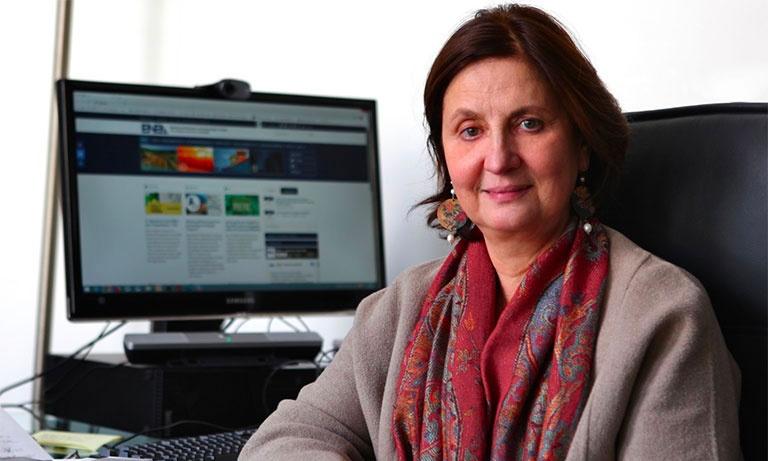
In Italy and around the world, hydrogen is increasingly emerging as a key factor in the energy transition and a lever for economic development. By 2050, it is estimated that green hydrogen could meet a quarter of the global energy demand, with more than $60 trillion investments worldwide1 and 5.4 million new jobs2 in Europe alone, while a European House Ambrosetti-Snam study highlights that Italy could cover 23% of its energy needs with hydrogen, avoiding 97.5 million tonnes of CO2eq.
In this context, the European Commission launched an ambitious strategy last July, followed by national plans in Germany, France and Spain. Italy is also at work in the same direction, which is considered a priority for action by Stefano Cingolani, the Minister of Ecological Transition.
But what are the prospects and possible scenarios for the emergence of a hydrogen economy at a global level? How should our country act to create a hydrogen supply chain and gain spaces and competitiveness? Can we become a hub among Africa, the Mediterranean and Northern Europe? And what about research and innovation? In the following pages, together with the exponents of institutions, businesses and research, we have tried to address these issues, to analyse the environmental and economic aspects, the opportunities, but also the challenges, the barriers and the critical factors to overcome.
Our journey across the “Planet Hydrogen” begins with a key figure for the European R&I strategy and investment, Marya Gabriel, Commissioner for Innovation, Research, Culture, Education and Youth, and continues with the contribution of Laurent Antoni, President of Hydrogen Europe Research, the European association of fuel cell and hydrogen research organisations. The horizon widens to include three “beacon countries” on three different continents: North America, with Sunita Satyapal, Director of the Hydrogen and Fuel Cell Technologies Office of the Department of Energy (DOE) of the United States; Australia, with Ken Baldwin, Director of the Energy Change Institute of Australian National University; and Asia, with Noboru Hashimoto of Panasonic Yamanashi University in Japan.
As for Italy, its dynamic panorama is apparent form the various contributions, highlighting many on-going activities and a strong desire to participate even at an international level. This, for example, is the case of the Important Projects of Common European Interest (IPCEI) illustrated by Mario Fiorentino, General Director for Industrial Policy, Innovation and SMEs at the Ministry of Economic Development, or of Mission Innovation, which Marcello Capra writes about. R&D activities and other on-going initiatives are focussed on by Antonino Aricò, Director of the Institute of Advanced Technologies for Energy of the CNR and by Luigi Crema the Vice President of H2IT, while Andrea Bombardi, RINA Executive Vice President, and Antonio Lucci, Senior Business Development Manager, underline the growing role of their company.
Regarding large organizations (and others), their priorities for action and willingness to be at the forefront emerge from the interviews with four of the major players in the sector: Aurelio Regina, Chairman of Confindustria Energy Technical Group, and the CEOs: Francesco Starace, of Enel, Claudio Descalzi of Eni, and Marco Alverà of Snam.